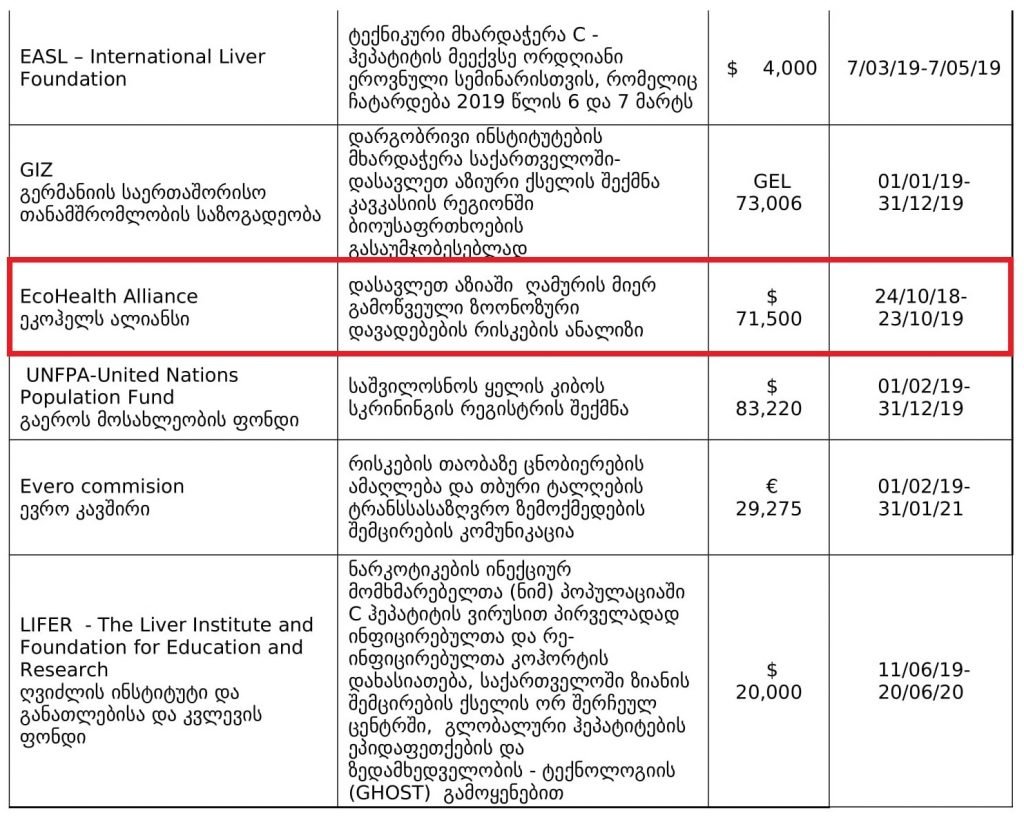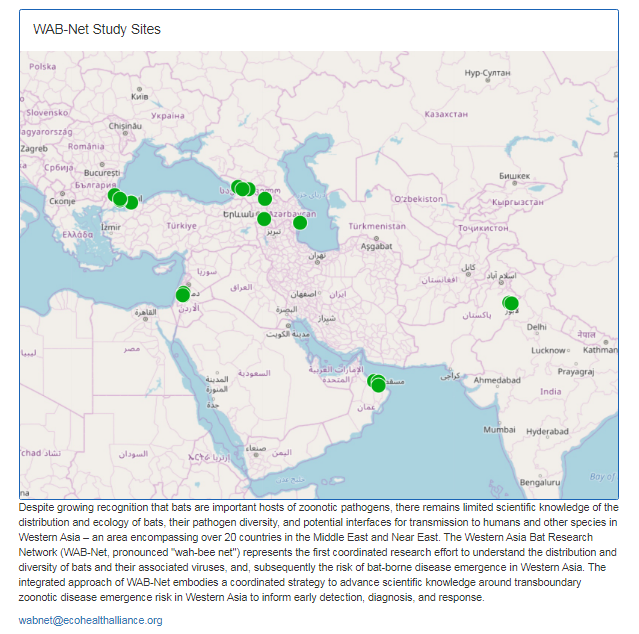The simplest way to explain the Blockchain is this:
A database that is not managed by a single entity thereby making it decentralized.
Unlike the traditional database structure which uses a client-server model, the blockchain uses a peer-to-peer network where each participant
...is seen as a node.
As you might have asked, "How is the Blockchain managed?".
In a decentralized network, they have to be a way of ensuring the smooth running of the blockchain.
This is where the "Consensus Mechanism" comes in.
As the name implies, a consensus mechanism
is simply a means of making an agreement on the blockchain. Or, a way the blockchain is run.
They are different consensus mechanisms but the most popular as follows:
> Proof of Work
> Proof of Stake
> Proof of Authority
> Delegated Proof of Stake
You are probably trying to know the benefit of the Blockchain over the traditional storage system.
Here are a few:
> Decentralization
> Security
> Immutability
> Trustless
> Decentralization
This is definitely the most obvious advantage of the blockchain. Since it doesn't use
... a client-server network rather it uses a peer-to-peer model which gives the power the nodes thought the level of privilege of each node depends on the type of node and the kind of consensus mechanism being used.
> Security
One of the shortfalls of a centralized system is
... a single point of failure which simply means that you only need to get access to a single control center(or an administrator)...and BOOM!!!...You are in...
But, in the blockchain, you need an unrealistic amount to access to be able to compromise the security of a blockchain
Take, for instance in the Proof of Work consensus, you need to have 51% of nodes in your control which is practically impossible for blockchains like the Bitcoin or the Ethereum Blockchain.
>Immutablity
The blockchain is built in a way whereby any block added can't be changed
...or edited.
You can already imagine what this could mean for data. A system where you can ensure the authenticity of any data you get.
> Trustless
With the previous advantages stated, you could say the blockchain provides a database you can trust without having to trust a
...particular entity.
It's worthy to note that seeing the blockchain as a database is for simplicity and the most basic of things the blockchain has to offer.
Types of Blockchain
> Public
> Private
> Consortium
> Public
A public blockchain is a type of blockchain where
...the activities carried out are publicly visible for everyone to see in a place called an explorer. Also, in as much as the data is public, the participants of these transactions are represented by code public addresses thereby keeping their identity secret.
Most of the popular blockchains are public. Like:
> Bitcoin Blockchain(https://t.co/RI2bmUivej)
> Ethereum Blockchain(https://t.co/1ThJbUI7WF)
> Binance Smart Chain(https://t.co/a238W2tOIs)
> Private
This could also be called a permissioned blockchain whereby all activities are performed by know participants.
This is best suited for organizations. They can be seen as somewhat centralized in their manner of operation.
> Consortium
The consortium blockchain sits on the fence between private and public because it's used between multiple organizations.
With these, I think you can get the basic concept.
If you found this helpful do well like, retweet, and follow at
@The_python_dev_
For a more in-depth look at Blockchain Technology check out this article on my blog.
https://t.co/qjhdVp8oqO






